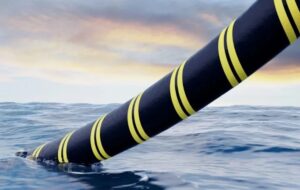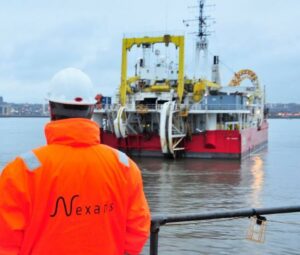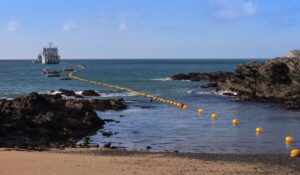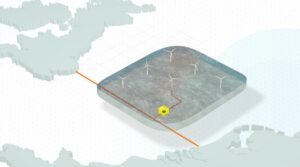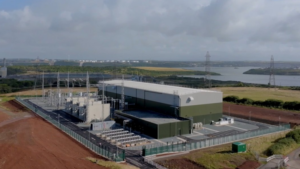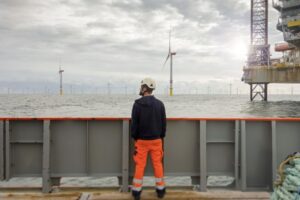Ofgem Lowers Revenue Cap for NSL Interconnector
Ofgem has proposed lower levels for the range in revenues that the developers of the North Sea Link (NSL) can earn, which should benefit the consumers of this electricity interconnector between UK and Norway.
The NSL project is one of seven new interconnectors that have been proposed to link GB with neighbouring countries. Statnett and National Grid NSL Limited are working together to link the two countries via high voltage subsea cables.
Ofgem has published its final assessment for the NSL link and is proposing a provisional cap level of £94 million per year and floor level of £53 million per year. These levels are lower than those in Ofgem’s initial assessment (which were a cap of approximately £140 million and floor of £75 million).
This is because the developers have cut the construction costs for the link. Developers have a strong incentive to do this as the cap and floor regime encourages commercial behaviour, including reducing costs where possible, Ofgem explained.
“Lowering the cap and floor levels means it is more likely that consumers will receive small reductions in high voltage grid charges and less likely that they will have to subsidise returns for the developer if revenues are below the floor level.
“If developers don’t make enough from charges to use the link, their revenue will be ‘topped up’ to the floor level. The top-up funds ultimately come from small increases to the high voltage grid charges consumers pay as part of bills. Excess revenue above the cap is paid out to customers through small reductions in these charges,” Ofgem said in a press release.
North Sea Link (NSL)
At more than 720 kilometres cable route, it will be the world’s longest interconnector running from Blyth, in Northumberland, to Kvilldal, in Rogaland, on the Norwegian side.
Prysmian has been awarded a contract to design, fabricate and install 2 x 470km of sub-sea cables and 2 x 2km of onshore cables which will be manufactured at the group’s factory in Naples and installed using its cable laying vessel the Giulio Verne.
The interconnector will be installed by the end of 2021 and will allow Britain to import and export up to 1,400MW of electricity.

